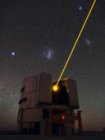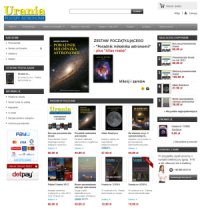The impact of dust attenuation laws on the stellar mass of galaxies - based on 170 million galaxies from HELP survey
The impact of dust attenuation laws on the stellar mass of galaxies - based on 170 million galaxies from HELP survey
Katarzyna Małek, Veronique Buat, Raphael Shirley, Denis Burgarella, Yannick Roehlly, the HELP Team
The Herschel Extragalactic Legacy Project (HELP) focused on the data from ESA's Herschel mission, which covered around 1300 deg2 on the sky. HELP systematically combines data from 23 of the premier extragalactic survey fields. It compiles all the ancillary data that are available across the HELP fields into a catalogue with consistent photometry, from the best photometric catalogues that are available. We performed the spectral energy distribution (SED) fitting of millions of HELP galaxies across a wide redshift range to obtain homogeneous estimates of the main physical parameters of detected infrared (IR) galaxies. Here we are going to present the results of the SED fitting, based on the pilot HELP field: ELAIS N1, and and the very well known COSMOS field. We deliver the main physical parameters such as stellar mass, star formation rate, and dust luminosity by assuming three different dust attenuation laws, separately. This exercise allows us to test the impact of the assumed attenuation law on estimated physical parameters. We find that the attenuation law has almost no impact on derived star formation rate (if the far IR data is used for the SED fitting) and the dust luminosity, but it has an important impact on the stellar mass estimate. We find a systematic shift between stellar masses obtained with different attenuation laws. We derive the relation between stellar mass estimates obtained by three different attenuation laws.
Proceedings of the Polish Astronomical Society, vol. 10, 221-225 (2020)
Download full article as PDF file:







